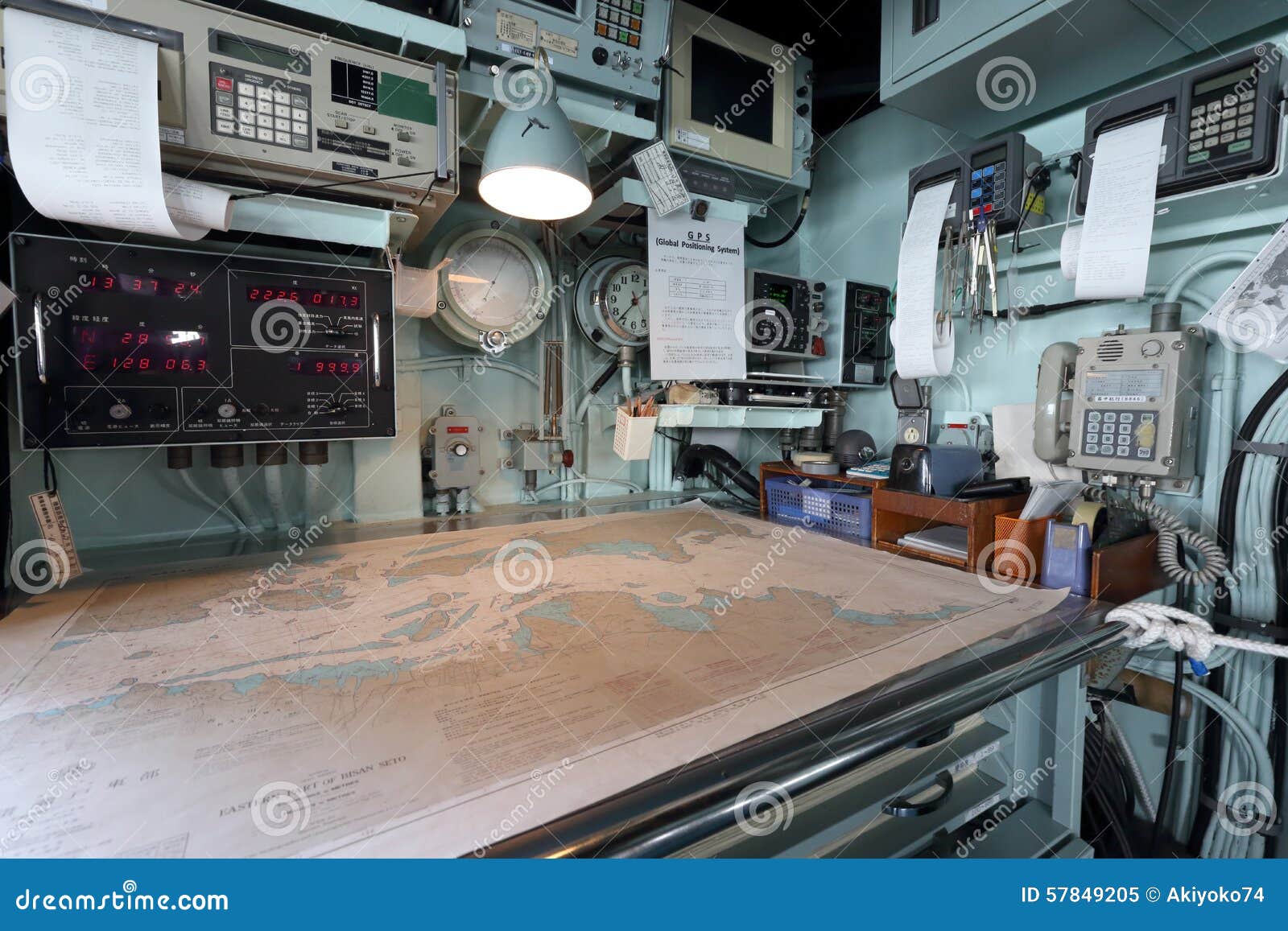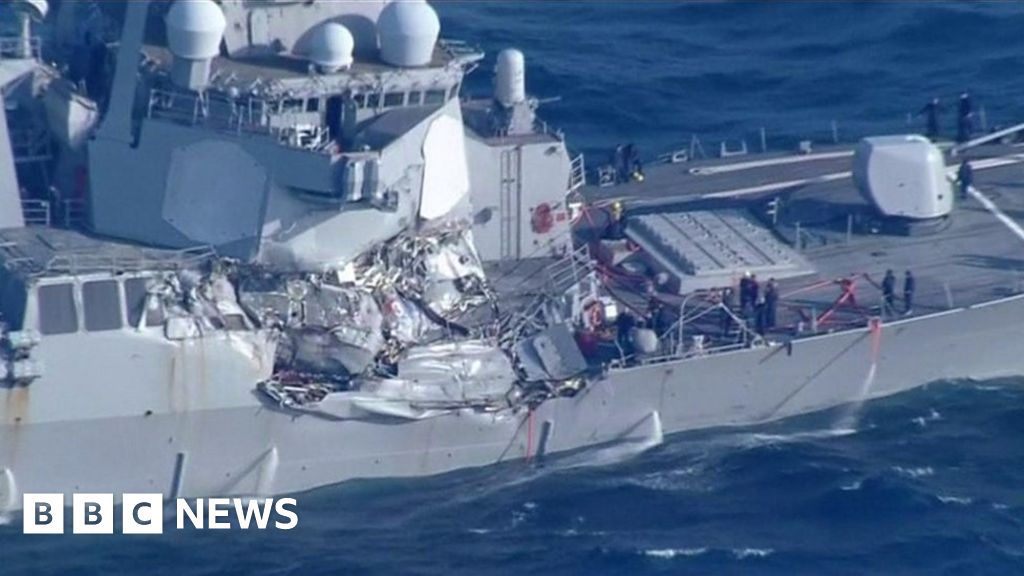


Chinese escorts, aircraft and submarines sank a fifth of the deployed American subs every three or four days throughout the two-week war. With no sea lines of communication, Chinese troops on the island quickly ran out of fuel and ammunition.īut even that decisive victory came at a high cost for the Americans. In the scenario where the Taiwanese and their allies won most decisively, the Chinese amphibious and transport fleet lost 90% of its ships-and was unable to supply the few Chinese battalions the fleet had managed to land on Taiwan. Air Force bombers firing stealthy cruise missiles posed an even greater danger to Chinese ships than did U.S. The Chinese ships that succeeded in avoiding American submarines weren’t safe, of course. In two weeks of intensive fighting, the submarines sank as many as 64 Chinese ships, including many of the PLA Navy’s biggest amphibious ships and surface combatants-and potentially some of the PLAN’s aircraft carriers, as well. “Each submarine would sink two large amphibious vessels (and an equal number of decoys and escorts) over the course of a 3.5-day turn,” the Cancians and Heginbotham wrote. The other nine or ten USN sub-squadrons meanwhile synchronized into what the Cancians and Heginbotham described as an undersea “conveyor belt.” “They hunted, moved back to port, reloaded, then moved forward again and hunted,” the analysts explained.

In CSIS’s war games, those four boats sank Chinese ship after Chinese ship until their torpedoes and missiles ran out or Chinese forces hunted them down. One squadron should be on station in the narrow Taiwan Strait when the first Chinese rockets fall and the invasion fleet sets sail. bases in Guam, at Wake Island and in Yokosuka, Japan. The 40 or 50 submarines would organize in squadrons of four boats apiece and deploy to U.S.


 0 kommentar(er)
0 kommentar(er)
